.
|
.
|
|
Besides the fungi that shows us some unusual shapes, we have some very unusual flowers also. Although they do not look like the garden variety, they do have some amazing colors and designs. They are leafless and are also parasites living on other plants and taking their nutrients from their host. |
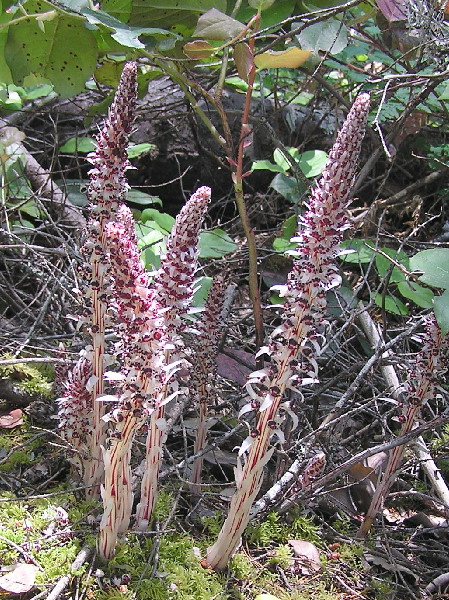 |
|
There are many of these parasitic plants and they have a variety of different hosts from flowers to trees. |
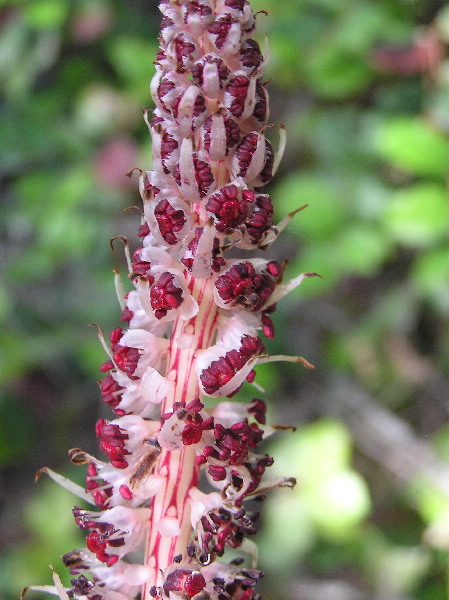 |
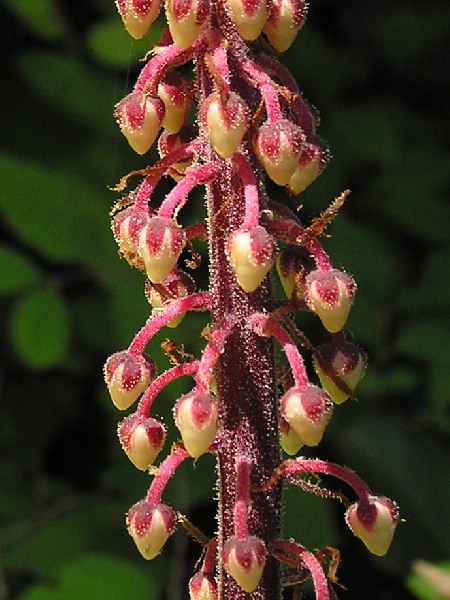 |
|
|
|
|
|
|
|
|
A contrast between the two pinesap colors, the reddish color on the left and the yellow flowers in the other image. |
||
|
This image of a group of Indian pipe flowers shows the lack of chlorophyll. This making it impossible for it to obtain energy from sunlight, leaving it to get nutrients from the organic matter in the soil.
|
|
|
Although this Calypso orchid, Calypso bulbosa, resembles a flower that we are more accustomed to, it is still dependant on fungi found in the soils of the forest floor. Known also be the names, Fairy slipper and Venus's slipper, it is the only species in this genus Calypso. This is from the Greek meaning concealment as they favor the conifer forest floor. |
|
|
|
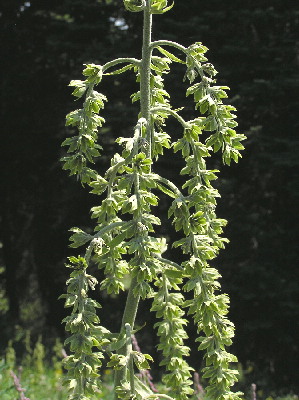 |
|
|
Then, as we have these flowers imitating the parasitic plants, we also have those that are highly poisonous as a number of fungi are. These two shown here are amongst the most poisonous, Baneberry, Actaea ruba, on the left and Green False Hellebore, Veratrum viride. |
||
|
|
|
|
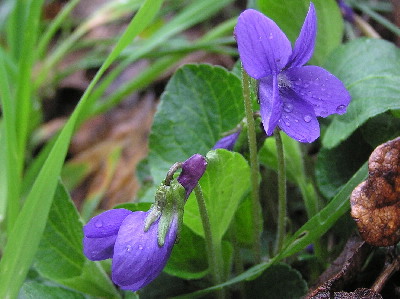 |
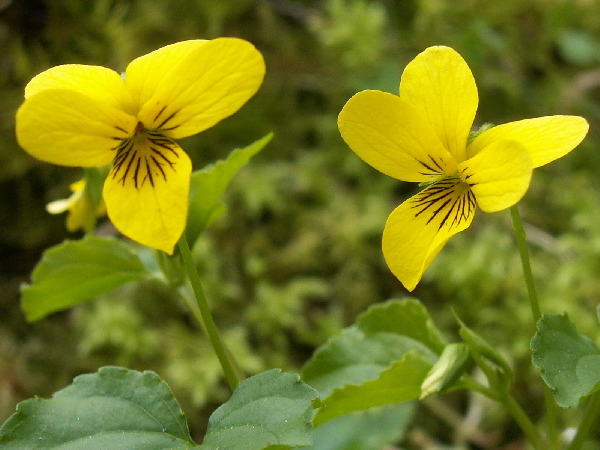 |
|
|
|
|
|
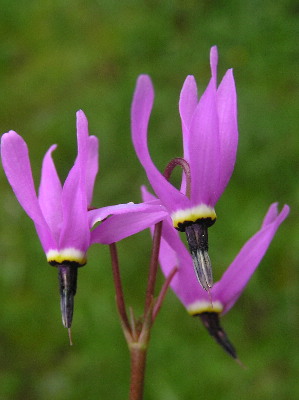 |
|
|
|
|
|
|
|
|
|
|
|
|
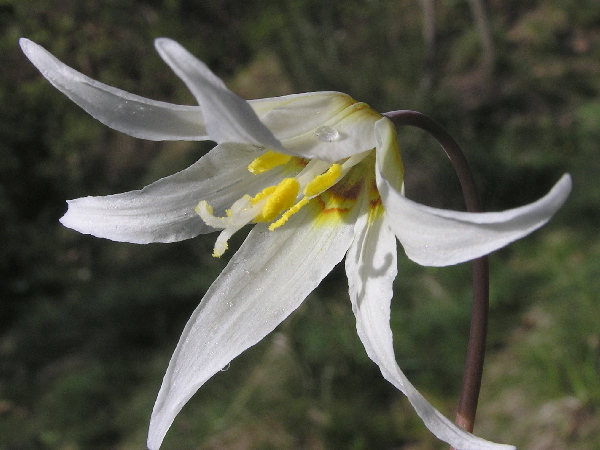 |
|
|
|
||
|
|
|
|
|
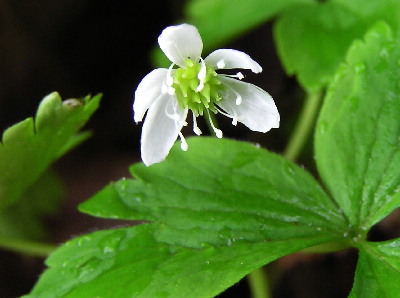 |
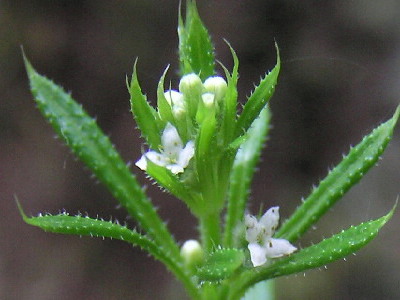 |
|
|
|
|
|
|
THIS IS A DEREILA PRESENTATION